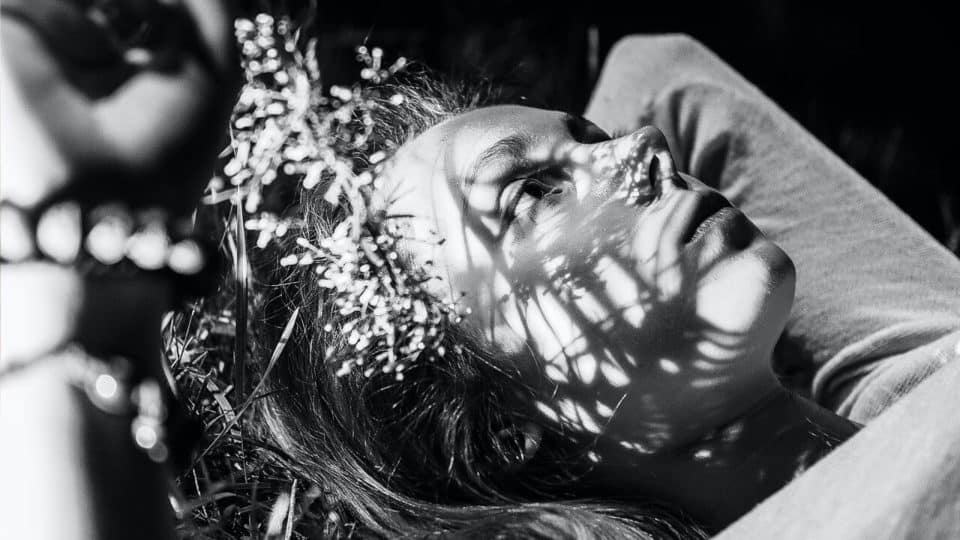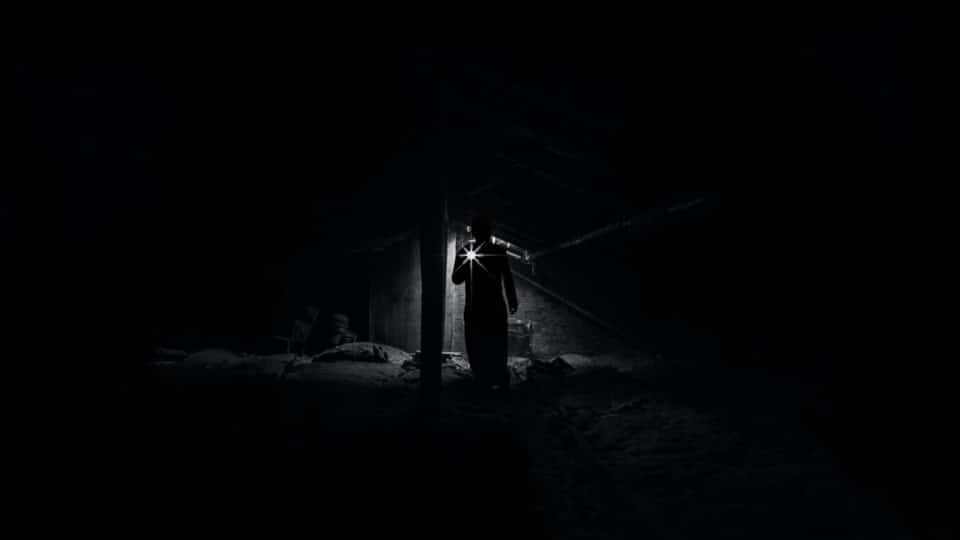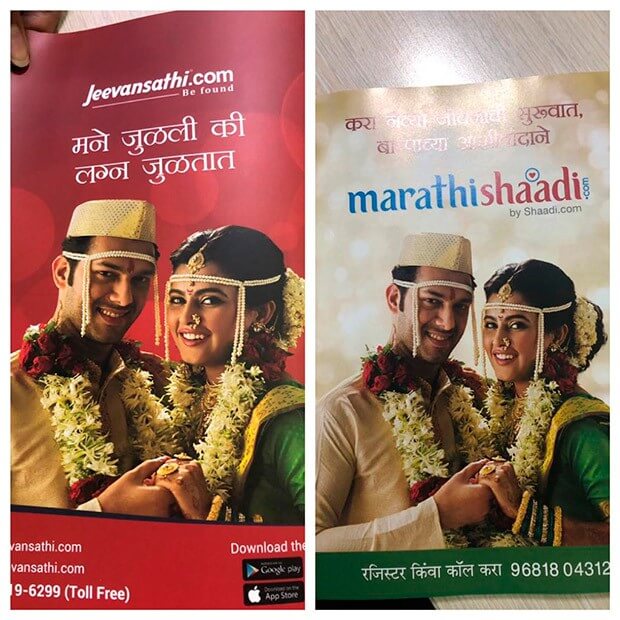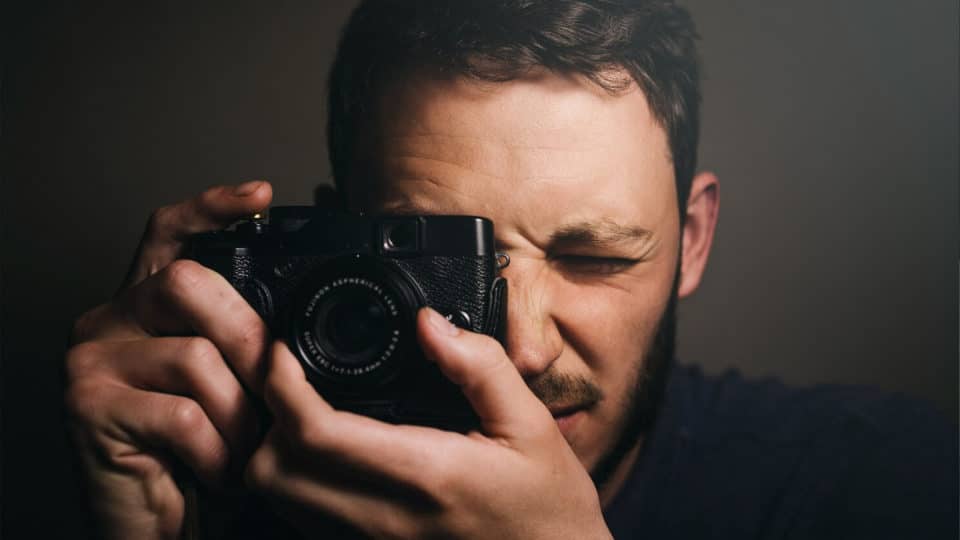Stock images vs custom photography. What has better conversions?
- EDUCATION
- AUTHOR: KENSHŌ
- DATE: 16 FEB 2022

Creating daily and weekly digital marketing content in Oman, and anywhere else in the world, requires marketers to access tens, and sometimes hundreds of images in a single week. The truth is that not all of us have the time, nor the budget, to build huge photo libraries for our brand. In fact, using stock photography and videography alleviates a lot of that pressure.
But herein lies the conundrum.
If visual content is the most important kind of content for digital marketing success, what is better to use: stock images or custom photography. In other words, which one can deliver return on investment (ROI) at the end of the day?
Whether you’re a small business owner, or a marketing manager at a larger firm, this blog will help you make the decision about how to use your marketing budget for visual content in the most effective way. When it comes to the daily content marketing strategies of your business, what converts better – stock images or custom images?
Should I invest in custom photography or make a go of it with stock images?
Deciding between investing in a professional photographer/videographer or choosing a stock photography service isn’t as easy as one may assume. While the go-to answer is always to use original photography, there is no clear-cut right or wrong way to go about it.

For every marketer, even for visual content, the question isn’t always what looks better, but what converts better and delivers a return on investment. Variables exist when trying to decide, and there are a few considerations to keep in mind. When we strip away all consideration, what’s left is the target audience. A MDG Advertising survey we linked to earlier, found that more than two thirds of online shoppers rated high-quality images as ‘very important’ in making their purchasing decision, trumping written content such as product specific information, product descriptions and customer reviews.
There are definitely cases where custom photography is a must, for example, when advertising your product, you’ll need to show a picture of it. At other times, when you’re trying to invoke a feeling or familiarity, a stock image will do the job. It all boils down to your content marketing strategy and your advertising strategy goals. The question, when it comes to the images your brand is sharing online, is not so much about having an image, but has more to do with whether that image gives the audience a sense of brand, context, texture, detail and creates an emotional connection.
We’ll go into detail about each type of image and image service to help you make the right choice of visual content for your brand and business.
What is stock photography?
Stock photography refers to an online library of photographs, as well as vectors, animations and templates. These fall under different licensing categories and can be purchased or obtained for free from different platforms. The big problem with using stock photography is that the most popular ones tend to be overused, cliche and generic.
If you’re using stock photography, it’s important to know the different stock image licensing categories the various photographs fall under to avoid legal difficulties in the future. There are three types of licenses that every digital and advertising professional should know and adhere to:
- Public domain: these photographs and other visual content such as animations and vectors are free to use for all projects, including commercial undertakings. There is no copyright attached to these images.
- Royalty free: you have complete right of ownership over the image and can use it multiple times on a variety of mediums in print and digital.
- Rights-managed: these images are purchased for a fee, and are for one-time use. This means that if you want to use the image again, you’ll have to repurchase the license.
This is how you should use stock images
Ever see an ad and have the feeling of déjà vu? That’s because certain stock photographs have become very popular over the years and you may even see big, competing brands use the same image on their campaigns. Don’t fall into this trap.

Your goal is to always choose a stock image that conveys the tone and emotion of your brand and the campaign you’re releasing. Consider the emotional response of your target audience to the image and if that will compel users to click on your ad and begin their journey through your marketing funnel. Choosing a unique image will have a higher return on investment than clicking on the first image that pops up in your stock image search.
Here are some things to consider when choosing a stock image:
Paid vs. free: you should always set aside a budget for your stock images. While there is nothing wrong with using free resources for regular day-to-day communication such as blog posts and social media content, you’ll require higher quality photographs for digital advertising campaigns, email marketing campaigns and print advertising. The trick for marketers here is to be agile, and have access to multiple stock photography resources for great image selection.
Recognize human emotion: Faked emotion can be very cringe worthy, especially in an image or advertisement. Stock photography has to appeal to multiple brands and audiences, and sometimes stock images don’t quite get it right when it comes resonating with an audience. Have a look at image A and image B below, and you’ll see what we mean. One is obviously posed, while the other looks like a moment that has been captured. Which one would you believe?
Image A:

Image B:

Make it relevant: Make sure that the image you choose is contextually relevant to your brand. The last thing that you want is for your audience to seem confused when they come across your ad. In fact, they could potentially lose trust in your ad and abandon any further interaction and engagement.
Add a personal touch: One of the best ways to create engagement and make a stock image recognizable is to add design elements that are relevant to your brand and in tune with your messaging. Customize your images by adding text, changing the contrast, cropping the image and merging it with another, adding an overlay or blurring the background.
When you should not use stock images
Stock images have their place, and can be modified to fit your brand image and vision – a really well selected stock image can pack a punch. However, there are times when you should definitely not be using stock images, and you should take the plunge and invest in a professional photographer.
When you’re selling a certain product: you’ll need to show off your product, and that’s where custom photography comes into play. Even though you may be trying to convey an emotion, your product needs to be featured in your ad. Here you can combine stock and custom photography for impact, but we recommend to use this opportunity to create a library of images for your product and related campaigns.
When you have a distinct vision in mind: Sometimes it doesn’t matter how good and professional stock photographs are, they will always be someone else’s interpretation of a mood, emotion and storytelling. When you want to create certain storytelling elements for your brand, a picture really is worth 1000 words. Custom photography allows you to convey certain thoughts and emotions, and a storyline if a brand or advertising campaign is in question. Remember that feelings and emotions always impact the decision making process.
When you want original content: Custom images allow your target audience to experience something new, as opposed to seeing stock photographs on your website or in your marketing campaigns. They can see these on your competitor’s websites as well. Custom photographs will always have the ‘wow’ effect that stock photographs find hard to achieve. Doing this will go a long way in promoting your company’s image and give it a fresh new flair.
Custom photography is still worth the investment

Using custom images remains the preferred choice for brands, marketing professionals and audiences. Custom photography gives the marketeer complete control over the image, its quality and the storytelling elements. This is enticing for many advertising and marketing professionals. More importantly is the fact that a great photographer always has a style and a point of view, thus giving even more control over how the set of photographs represents your brand – and chances are that this is why you choose a particular photographer.
This biggest ‘pro’ to using professionally shot photographs is originality. The lighting, the shot and the model are all chosen to represent your brand, and a single image can be shot from multiple angles for depth and usability.
The quality of professional custom images is incomparable. Photographers bring technical knowledge, creativity and professionalism that create a distinct style, composition, visual literature and appeal to each image. And they’re worth the investment in the long term. If you’re using a professional photographer, creating the right shot list can give you visual content for an entire quarter for your brand and enables you to create a unique image library.
Finally, professionally shot brand and marketing campaigns will always be an authentic visual representation of your brand. Once we see an image that resonates with us, we immediately try to process the information that it is giving us – in other words, if we like what we see, we’ll click. Custom images are more effective if they have the authenticity that people are looking for.
Custom photography vs. stock photography: what gets more clicks?

The images you choose to use in your brand marketing should be consistent and easy to identify. You want your audience to click with your brand no matter the image that they see. And the style should be consistent across your marketing platforms, that is your website, print and digital ads and your social platforms.
Kenshō can help you create a visual strategy for your brand that uses a variety of visual elements to tell your brand story.
What converts better? Well that really depends on the time and effort you put in creating your visual content. Custom photography is definitely the easier way to create compelling and unique narratives, and give the audiences visual insight into your product, solutions and people. However, stock images can be just as compelling if used and edited correctly. Both have their advantages and disadvantages.
Start building your brand the right way. Subscribe to stay updated on industry insights, the latest trends and mindful communications.
Join Our Community
Add your email to the mailing list to get our latest blogposts.
